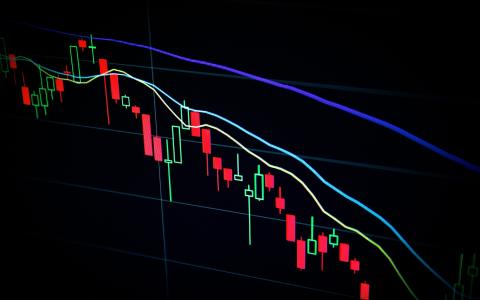
Peter Berezin, chief global strategist at BCA Research, foresees a significant downturn for the U.S. economy, predicting a recession either later this year or early in 2025. This recession is expected to cause the S&P 500 to plummet to 3,750.
"The widely accepted soft-landing narrative is incorrect. The U.S. will enter a recession in late 2024 or early 2025, and global growth will also decelerate sharply," Berezin stated in a recent note.
Berezin's bearish outlook hinges on the belief that the Federal Reserve will delay cutting interest rates, only taking substantial action once a recession is unmistakable. By then, Berezin warns, it will be too late to mitigate the damage.
He points to the weakening labor market as a key indicator, noting a significant decline in job openings from their post-pandemic peak. The quits rate, hiring rate, and recent downward revisions to April and May job reports all signal a slowdown in the labor market.
"Two years ago, workers could easily find new jobs after losing their previous ones. This has become increasingly challenging," Berezin observed.
The June jobs report reflected a slight rise in the unemployment rate to 4.1% from 4.0%, another indication of growing weakness in the job market.
Berezin predicts that rising unemployment will prompt consumers to cut back on spending to bolster their "precautionary savings." This reduction in spending will coincide with a tighter credit environment due to increasing delinquency rates.
A negative feedback loop is expected to develop, further destabilizing the economy and impacting the stock market. "With limited savings and restricted credit availability, many households will be forced to reduce spending. This will lead to decreased hiring, higher unemployment, and reduced income growth, creating a vicious cycle," Berezin explained.
Most crucially, Berezin argues that the Fed's strategy of countering economic decline through interest rate cuts will be ineffective. "The key factor for the economy is not the fed funds rate itself, but the interest rates that households and businesses actually pay," he emphasized.
For instance, the average mortgage rate for consumers is currently around 4%, while current mortgage rates are about 7%. Even if the Fed reduces rates, the average mortgage rate paid by consumers will continue to increase. This principle applies to businesses as well, affecting their ability to refinance loans in the coming years.
"These dynamics will lead to more defaults, causing further distress for the banking system. The issues that plagued regional banks last year remain unresolved," Berezin concluded.



